The first image that comes to mind when someone mentions the term “koi” is a gorgeous, colorful fish with a long tail. And although this may be correct for adults, it is a different situation for newborn koi fish.
In this article, we’ll take a closer look at what color are baby koi fish, as well as discover more about their color at this age and some other interesting koi fry facts.
What Color Are Baby Koi Fish?
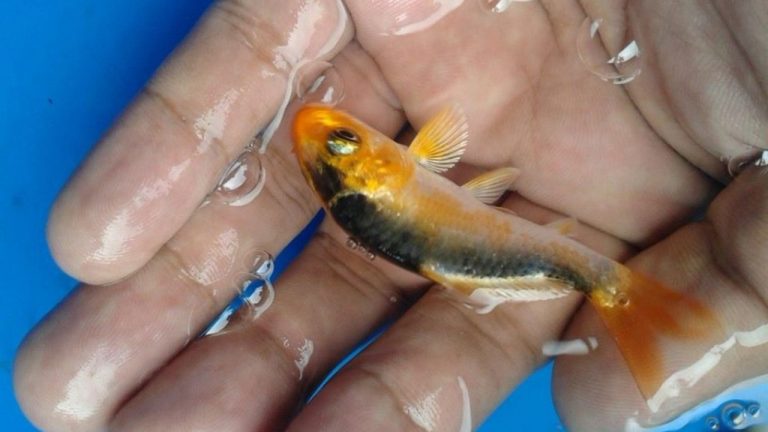
Koi fry, also known as baby koi, looks like small versions of adult koi without the bright, beautiful colors commonly associated with koi.
The majority of baby koi fish lack color or are even brown in hue. Though the koi fish fry will still have the distinctive red or orange hue, they won’t be as vibrant as they will be as adults.
As soon as the koi fish eggs hatch, the koi fry emerges from the water, and they are so little that you can hardly see them in it. Actually, during the first few weeks that you have them, you might not even recognize them swimming around your koi pond. However, this is subject to change quickly.
Koi develop extraordinarily quickly, eating initially on the yolk of their egg, then on algae and other creatures in your pond. And their length has already increased to an inch by the time they are approximately one month of age.
In a matter of two to three months’ time, they can reach a length of three inches. Then, Koi carps will continue to grow over the next four years until reaching their full adult size of 24 inches and above.
When does a baby koi’s color develop?
When will my koi fry turn into vibrant colors?
After just a few weeks, baby koi will begin to develop their distinctive colors. It will take 2 to 3 months for the coloration to deepen and become more noticeable, and it will continue to alter and evolve as they grow and mature.
Having said that, colour will vary greatly based on their genetics, kind, and a variety of other things. Examples include 1-year-old koi that have retained their brown color.
Please bear in mind that even the best koi breeders can only maintain a part of their fry since some will never acquire the vibrant, gorgeous colors that koi enthusiasts are looking for.
When do koi fry get permanent color?
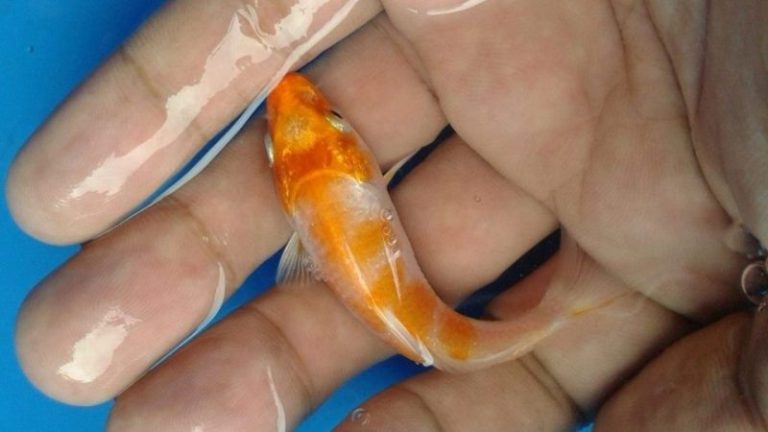
As early as 4 – 6 weeks after hatching, the healthiest koi fry may be picked and sorted into groups based on color. A month or two into their development cycle, young koi will begin to exhibit more distinct patterns in their coloring. Keep your excitement to a minimum for the time being since these first hues may either fade altogether or morph into different combinations! The pace of growth and the precise time of color permanence is very variable, with some koi displaying slight variations in color throughout their lives while others remain a consistent color throughout their lives.
You’ll discover that many experienced and well-regarded breeders in Japan began selling top-quality koi at least two years after the koi were born. The reason is that it would be difficult to determine a realistic market value for younger koi, whose colors and patterns have not yet reached a level of permanency. The fast growth in size that occurs during the juvenile stage always alters the orientation of a color pattern over the whole body. Collectors may choose to acquire koi that are at least 3 – 4 years old in order to guarantee that they get fish with mature colour and markings. Moreover, there are a variety of variables other than age that influence the intensity of color.
Factors Affecting Color Development
Genetics
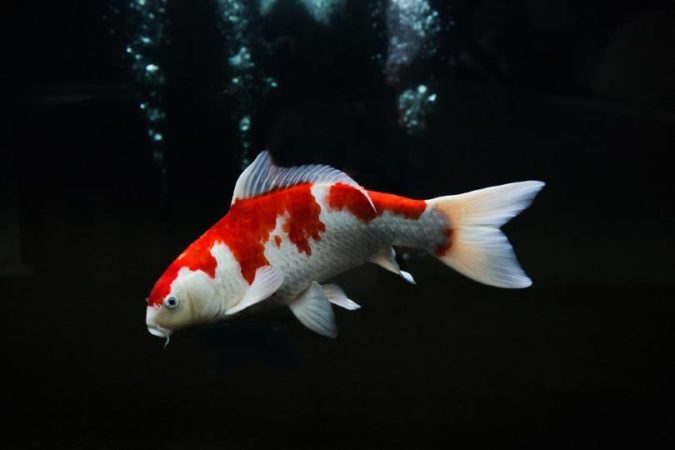
In the same way that our genes determine our most distinguishing characteristics, koi genetics is the most essential factor in deciding color. Purebred koi, which are descended from long-established lineages, are known for having the most vibrant and appealing colors. Meanwhile, hybrids or fish that are the consequence of unintentional breeding may have less distinct colors and patterns than they would otherwise.
Japanese koi breeders often focus on a few unique lineages in order to find more unusual patterns of the fish. The Sanke, Kohaku, Showa, and Ogon lineages are the most well-known among them. Mutations in the DNA sequences of each of these categories have been widely investigated and documented. It turns out that a small number of modest variations in the DNA baseline may be used to consistently discriminate across strains of bacteria. These result in a variety of color phenotypes, which are the physical manifestations of genes that are either dominant or recessive.
Breeders must be careful in their selection of parent fish in order to accomplish their aim of producing fish with distinctive colors. Genetically, certain hues have a greater impact on the whole population. Selecting a male and female from pure Kohaku lineages will boost their chances of producing pure red and white koi. Many juvenile fish fail to fulfill the standard due to the complexity of the procedure.
Food
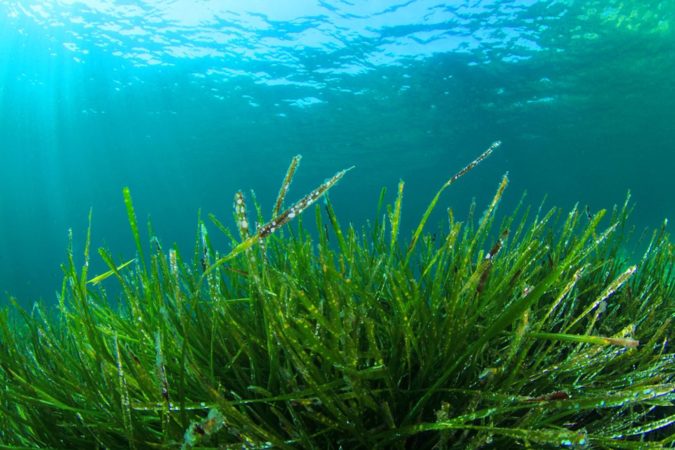
Over time, the color of koi fish may be enhanced by feeding them a diet rich in koi food. Colorful koi are the primary goal of high-quality koi meal combinations. As minerals and vitamins are lost in the process of switching to a lower-quality diet, certain colors may rapidly lighten. That is the reason why, in the hands of an owner who doesn’t feed his koi properly, the freshly imported fish may seem faded and dull after just few months of development.
Some environmental variables to look for in excellent meals are carotene and spirulina. These furnish skin cells with the pigment molecules they need to generate color. Nevertheless, don’t expect your koi’s color to improve immediately! Skin pigments may pile on one another for years to get a genuinely dark colour. The procedure of enhancing the koi’s color is similar to the process of painting a masterpiece in oil. There is a long and arduous process involved in creating layers of highly pigmented cells.
However, there should be a limit on how much color-enhancing food may be provided throughout the year. For best results, they work well during the koi’s fast development phase, about July to August. Otherwise, Koi cells have a tendency to slow down their development and division outside of this window. Using too many boosters might result in discoloration. According to the koi’s growth cycle, which is affected by seasonal temperature change, the koi’s food should be adjusted accordingly.
Temperature
Since koi colors tend to intensify in the autumn and winter, Japanese breeders choose to stage their koi displays at this time of year. This may be attributed to a delayed metabolism and an increase in pigmentation in cells. In cold weather, skin cell turnover may be slower since koi aren’t feeding and the temperature is lower. In contrast, during the summer’s peak development phase, the colors of the koi may begin to fade.
Quality of care
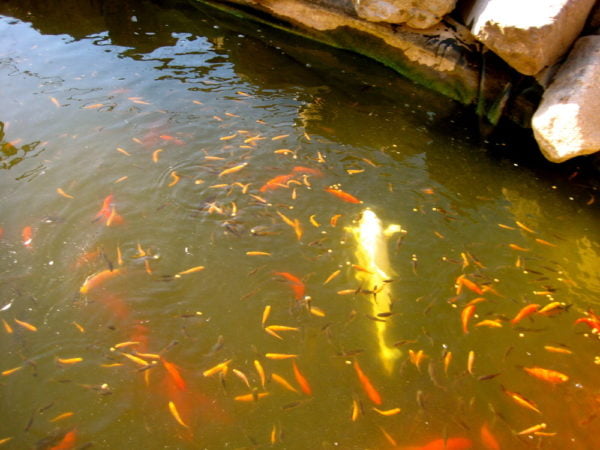
It has been shown that stressed fish have a lower likelihood of developing vivid coloration. Rapid color loss may also be caused by stress. The presence of infections and predators in the water, as well as low oxygen concentrations, may all contribute to the failure of young koi to develop their color properly.
A koi’s look might reveal a great deal about its internal condition. A fading koi’s complexion, like a human’s ill pallor, might signal that your koi is unwell. In most cases, this will be accompanied by additional signs of stress. If your koi appear to be losing their color, keep a careful check on them.
When properly maintained, healthy koi may seem to shine as their colors deepen and become more vibrant. Some of the best examples of this may be seen in strains with black patterns on a white background. Increasing the contrast between the bright and dark colors makes the pattern seem more like ink on paper.
Video: A Guide To Koi Fry Colors
FAQs
What color are baby koi fish?
Baby koi fish are mostly colorless or even brown in color, depending on their age. In fact, you may be able to see the distinctive red or orange hue of koi fish fry, albeit it won’t be as vivid or defined as it will be when the fish reaches maturity.
Is it true that koi fish are born with color?
Approximately 2 weeks after hatching, they begin to show signs of coloration and some pattern development.
As koi grow, do their colors change?
As koi mature, their color and pattern will shift, and some may transition from being patchy all over to being completely one tone (typically white) after several years.
Is there a way to improve my koi’s color?
Ensure your koi have a healthy diet that contains color-enhancing nutrients. In July and August, the prime months of growth for koi, color enhancers, such as beta-carotene and spirulina, should be added to their food. The color of koi changes throughout the growth cycle. Choosing pond colors that will enhance your koi’s color is also important.

Annette M. Chaney is an experienced marine biologist with over 20 years of experience as an aquarist and fishkeeper. She started her first aquarium at a young age, filling it with frogs and goldfish obtained from the ten-cent pet store.
Annette grew up caring for and breeding African Cichlids, which led to a hobby in high school that doubled as a profitable means. Attending Reed College gave her time to solidify herself as an accomplished aquarium caretaker with an eye for sales. After that, from 2009 – 2013, she studied at Roger Williams University – one of the most prestigious universities for Aquaculture and Aquarium in USA. She is the founder of AquariumCircle since 2010.
